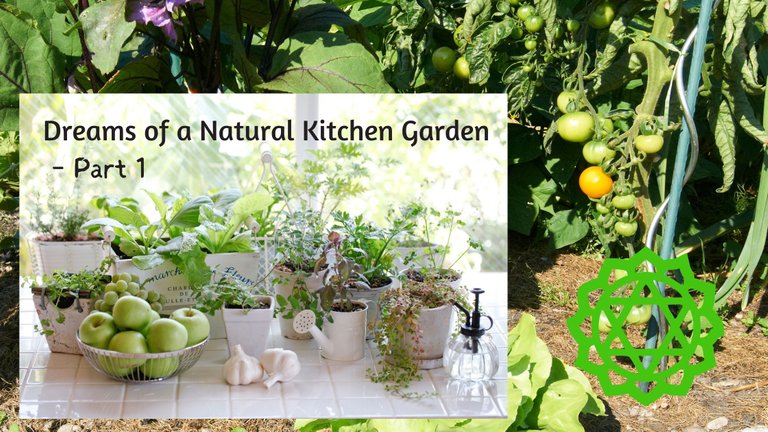
Naturally, as the title suggests, a kitchen garden starts at the kitchen door (and may well just start with one pot of herbs on the window ledge). It's the area nearest the house that provides daily food and enjoyment and it's probably my favourite place to be, since I also love cooking from fresh garden produce :-)
I find it impossible to be unhappy in a kitchen garden. There is always so much to sense - to smell, to touch, to taste. Not to mention to do, although - if you caught my earlier posts about gardening - you already know I prefer the permaculture way of planning a kitchen garden - more natural, less effort. No waste and in homage to nature, rather than fighting it. The way to plan a kitchen garden is to ensure there are natural barriers to prevent too much wildlife coming into this space in the first place. This includes providing wild areas for the wildlife to enjoy the nutrition sources and habitat relatively undisturbed. It also includes planting companion plants and flowers to encourage bees and other pollinators into the space.
Cosmos is a Popular Pollinator Flower
It's also very tall and beautiful so it not only provides nectar and pollen for bees, but also shade and shelter for smaller creatures.
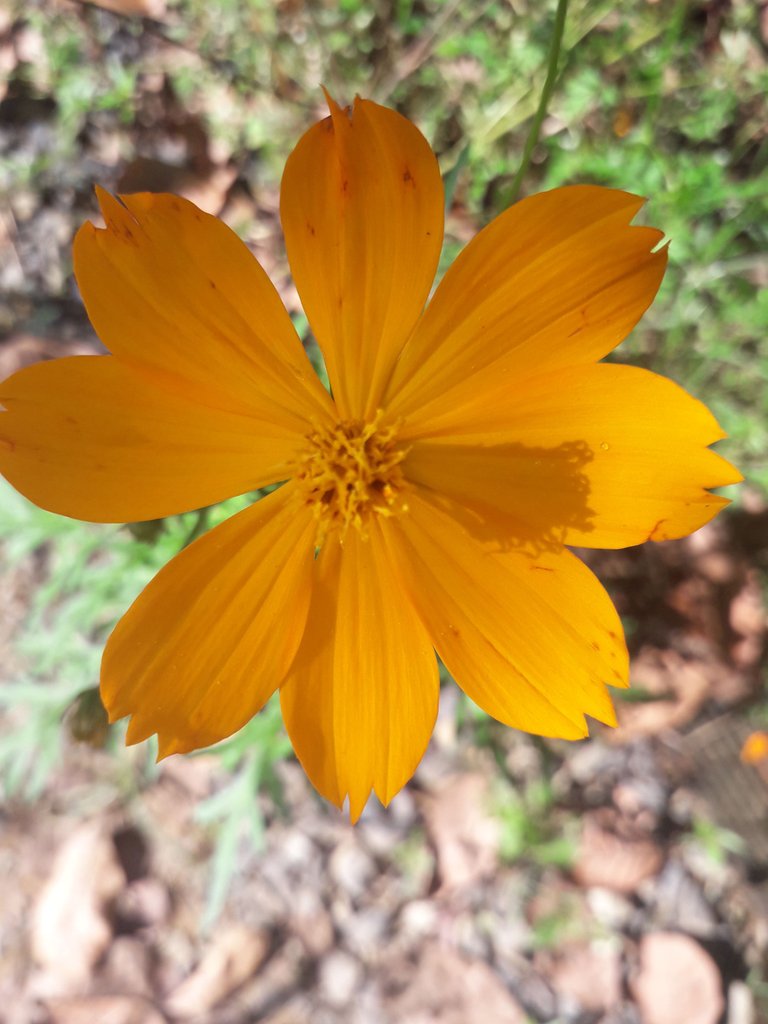
Give a Big Hand For the Bees
Whenever I travel, I always make time to visit ecological places. This was a natural (no chemical) small scale bee farm that I came across in the Cameron Highlands of Malaysia. Many places that I have travelled have a similar set-up, regardless of climate, it seems. This photo below was taken in the mountains, but Phu Quoc Bee Farm in southern Vietnam, just off the Cambodian coast, has very similar bee hives in their kitchen gardens. Many kitchen gardens do!
Lavender Gardens
I've been some places where Lavender provides the nectar and pollen for the bees too, but Lavender is tricky to grow in tropical climates. It has to be regulated inside a dome or be grown indoors in a cooler climate, as far as I know. (Correct me if I'm wrong).
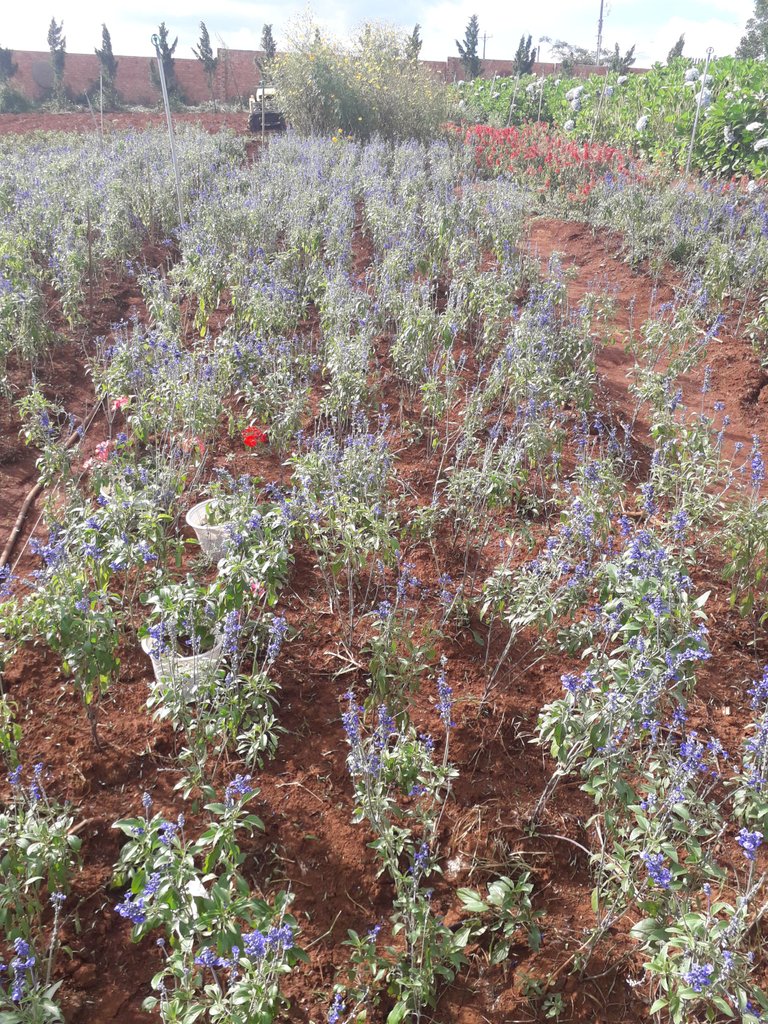
Malabar/ Ceylon Spinach
Malabar and Ceylon Spinach are so easy to grow in the tropics and are also highly nutritious, if not super gelatinous. Cooking with it is a bit of a trial and error affair because of its texture. That could indeed be a jumping off point for a later blog post... :-)
It grows easily and is a vine, so you can grow it even in small spaces!
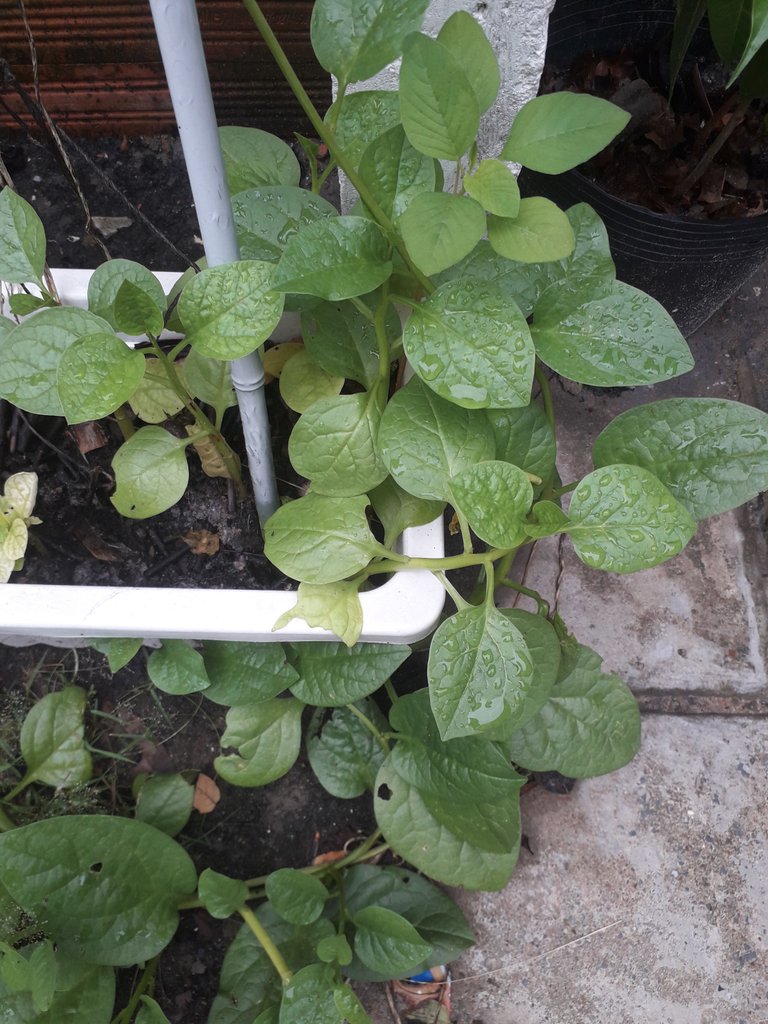
Beans, Beans, Beans
Beans are naturally another staple of a kitchen garden. In the tropics, there are a multitude of bean varieties to grow and eat: mung, winged, cowpea, black bean, and so on. Again they are climbers, so they are great to grow in smaller spaces and up walls and other "props". You can even get creative with how you grow your beans! I've seen old ladders, climbing frames, chicken wire, and other articles being used as props for bean growing - and why not ????
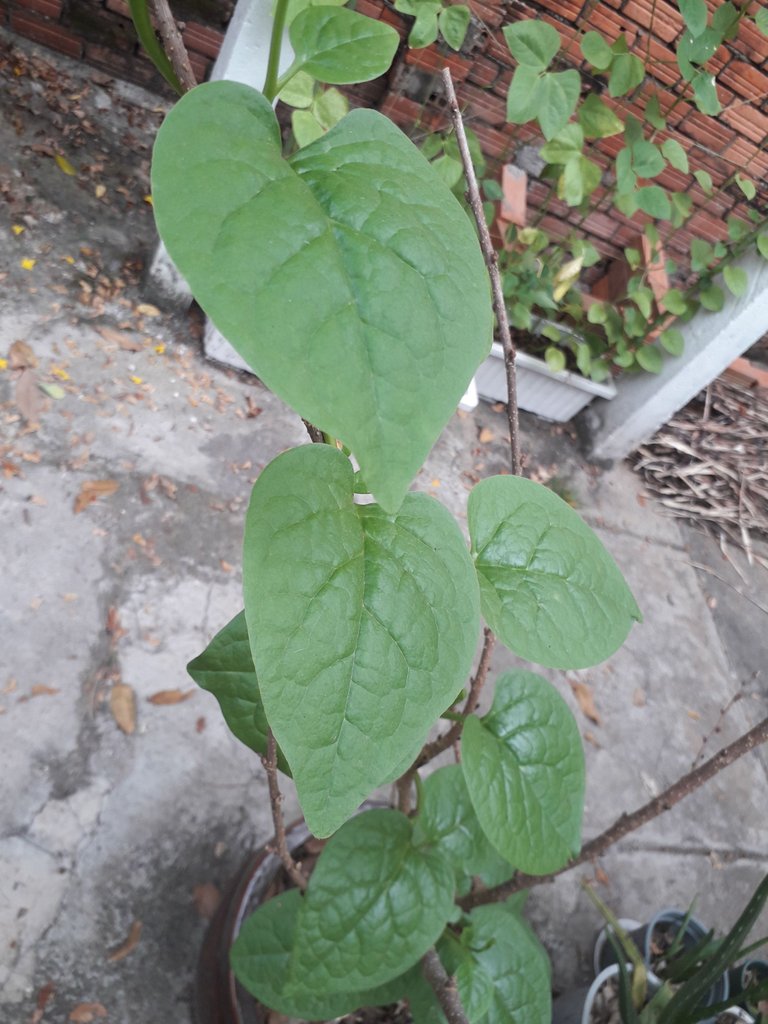
You will notice from this eagle's view of beans growing in our previous Vietnamese garden, that we used old branches and pieces of pruned fruit trees for mulch. This kept the roots moist even in high temperatures. Beans love full sunshine, but obviously the soil does not so by providing a cover for the soil we keep the nutrients in too! 💚
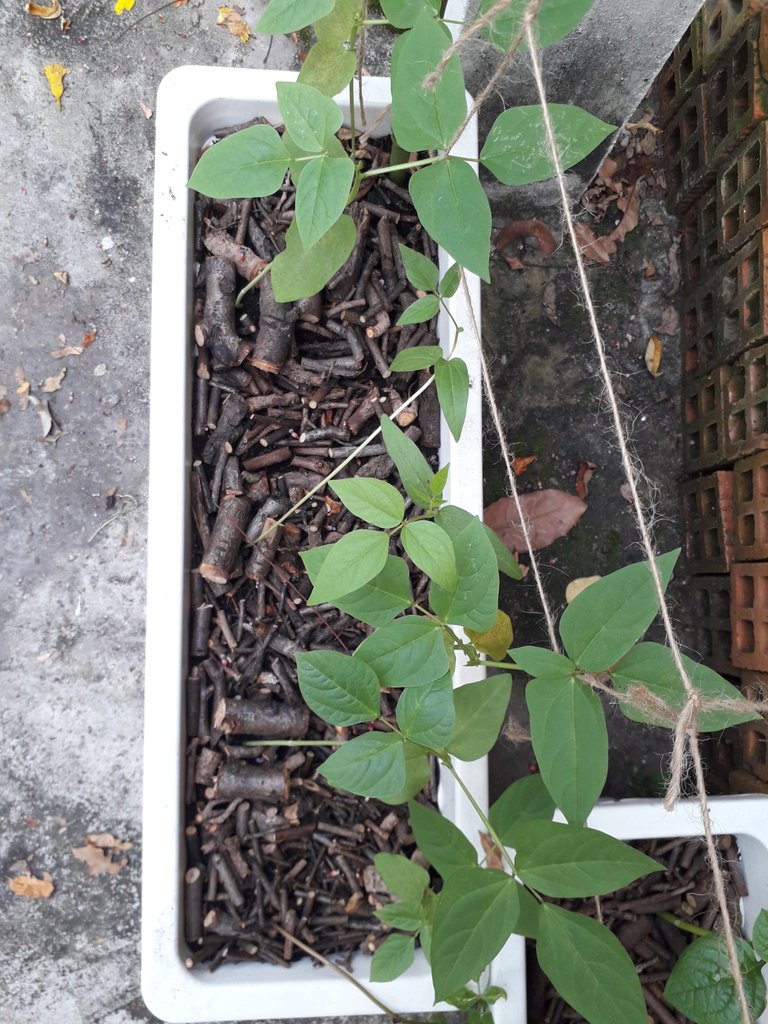
Tadpoles and Frogs in My Garden
Another element to a healthy natural kitchen garden is the presence of amphibians. Tadpoles and frogs in water sources eat mosquito larvae and therefore help to keep the mosquito population in check. Small fish in any water source also help alleviate mosquito issues with stagnant water sources. Here below is a picture of a bucket that was being used to grow roots for this Malabar Spinach to replant it.
But anyhow - in this bucket some tadpoles took up residence there. I don't exactly recall how they got there. Maybe @nofear5disnear rescued them from a rainy season puddle that was drying up.💚
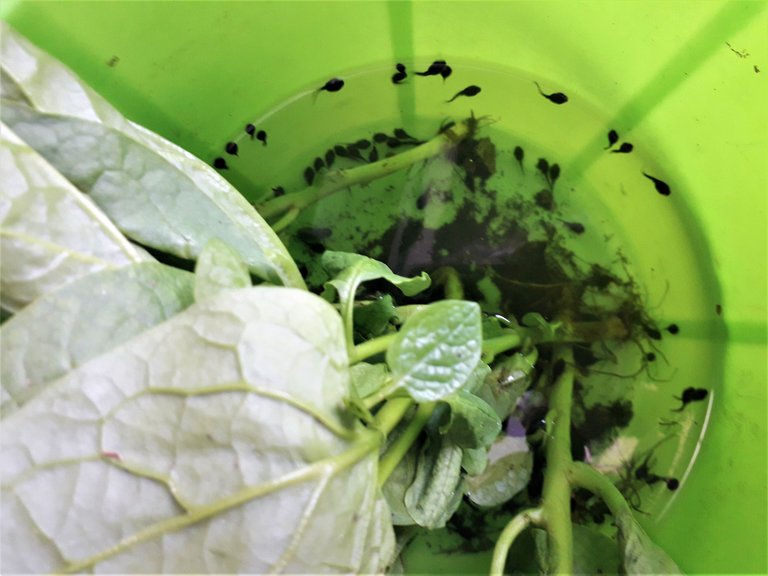
Because they had somewhere to grow, they could grow into beautiful frogs that not only deserve to thrive, but also provide a plethora of benefits for the environment. Sadly, frog populations have been declining worldwide at alarming rates, with almost one-third of the world’s amphibian species being threatened with extinction. Unless we start providing more habitats for our amphibians, these species will disappear, resulting in irreversible and tragic consequences not only for them, but also for Gaia and us humans.
Amphibians not only eat mosquitoes but also they provide us with natural medicine, serve as food for birds, fish and monkeys and the often filter our water sources, making it drinkable. 🐸
I could go on forever about kitchen gardens and how much I love them, but I think a 5 minute read is probably sufficient for this blog post. It's so important for me to consider wildlife while I tend to the garden. Nature is part of us - not separate - and ecological farming and permaculture techniques honour this to the core. In the next part of this series on my love for natural kitchen gardens, I'll look at other things so integral to the tropical kitchen garden.
What wildlife do you attract to your garden and which pests do you manage naturally? I'd love to get some tips!
Much love,
Marley and Me xxx
All photos are my own
Title image made in Canva
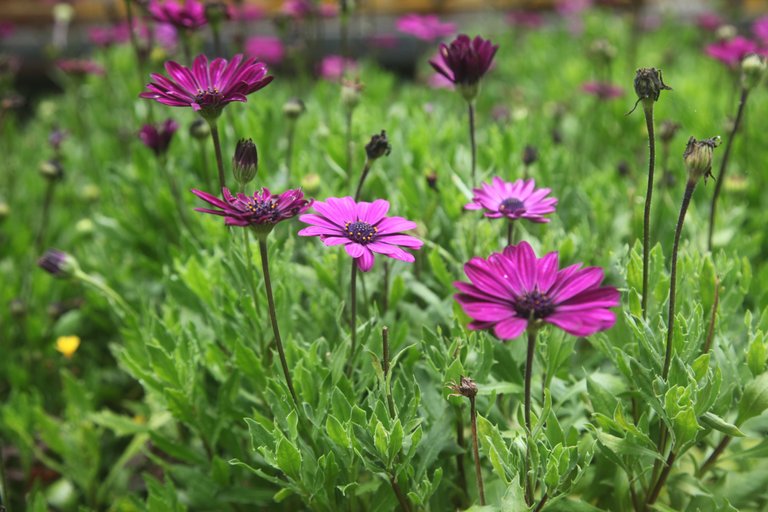
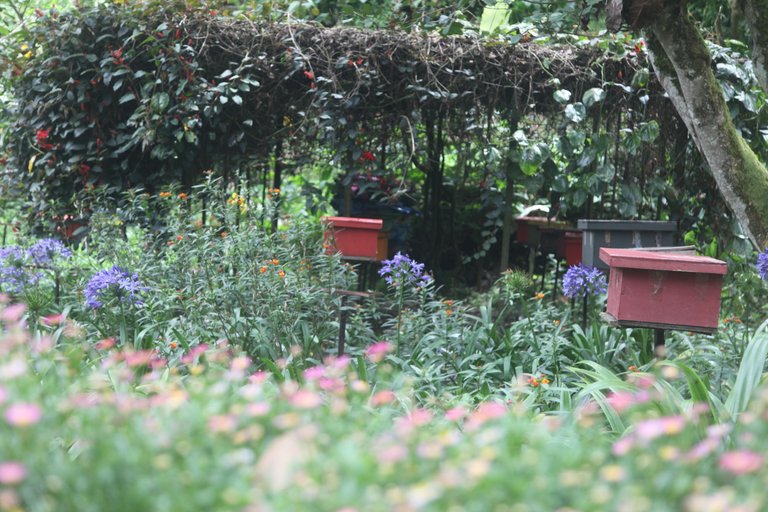
This is also one of my dreams, having a kitchen adjacent to my vegetable garden. I hope I can make it soon!
HIVE GARDEN COMMUNITYYou've been curated by @gardenhive on behalf of the , home of the #gardenjournal challenge. We support all kinds of garden and plant related content. Delegations to the curation account, @gardenhive, are welcome!
Congratulations @marleyandme! You have completed the following achievement on the Hive blockchain and have been rewarded with new badge(s):
Your next target is to reach 400 upvotes.
Your next target is to reach 3000 upvotes.
You can view your badges on your board and compare yourself to others in the Ranking
If you no longer want to receive notifications, reply to this comment with the word
STOPTo support your work, I also upvoted your post!
Support the HiveBuzz project. Vote for our proposal!